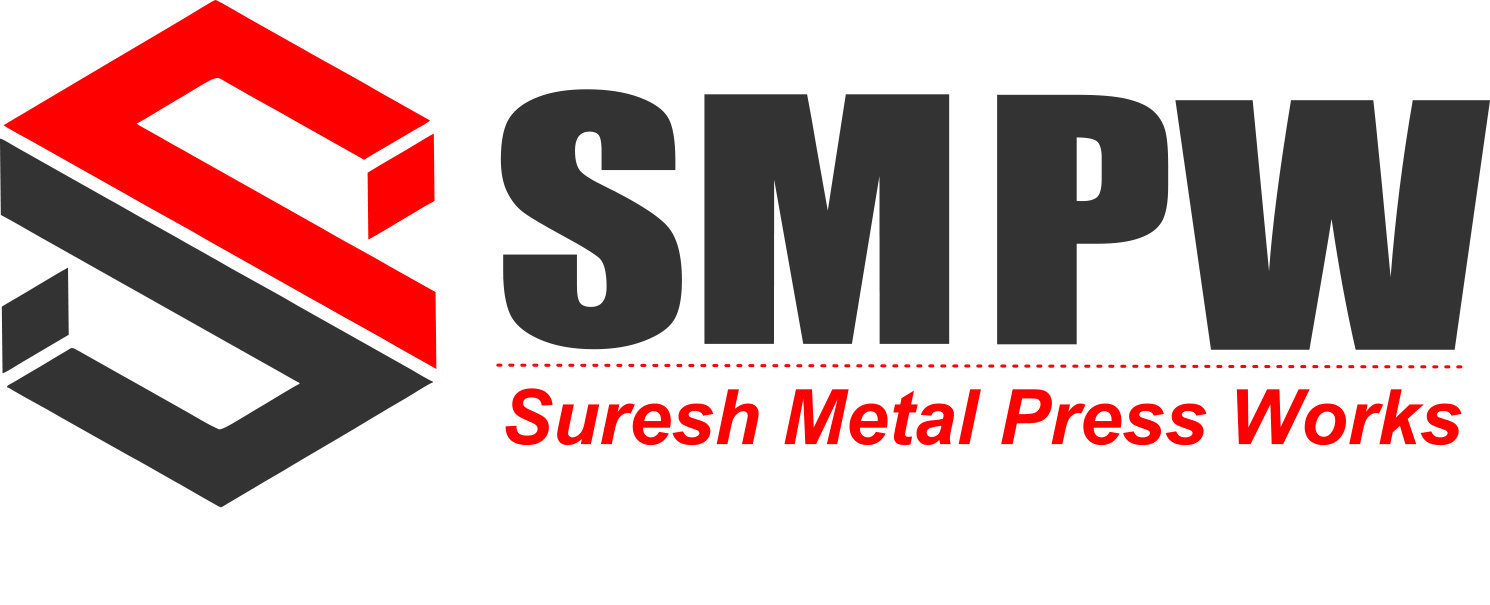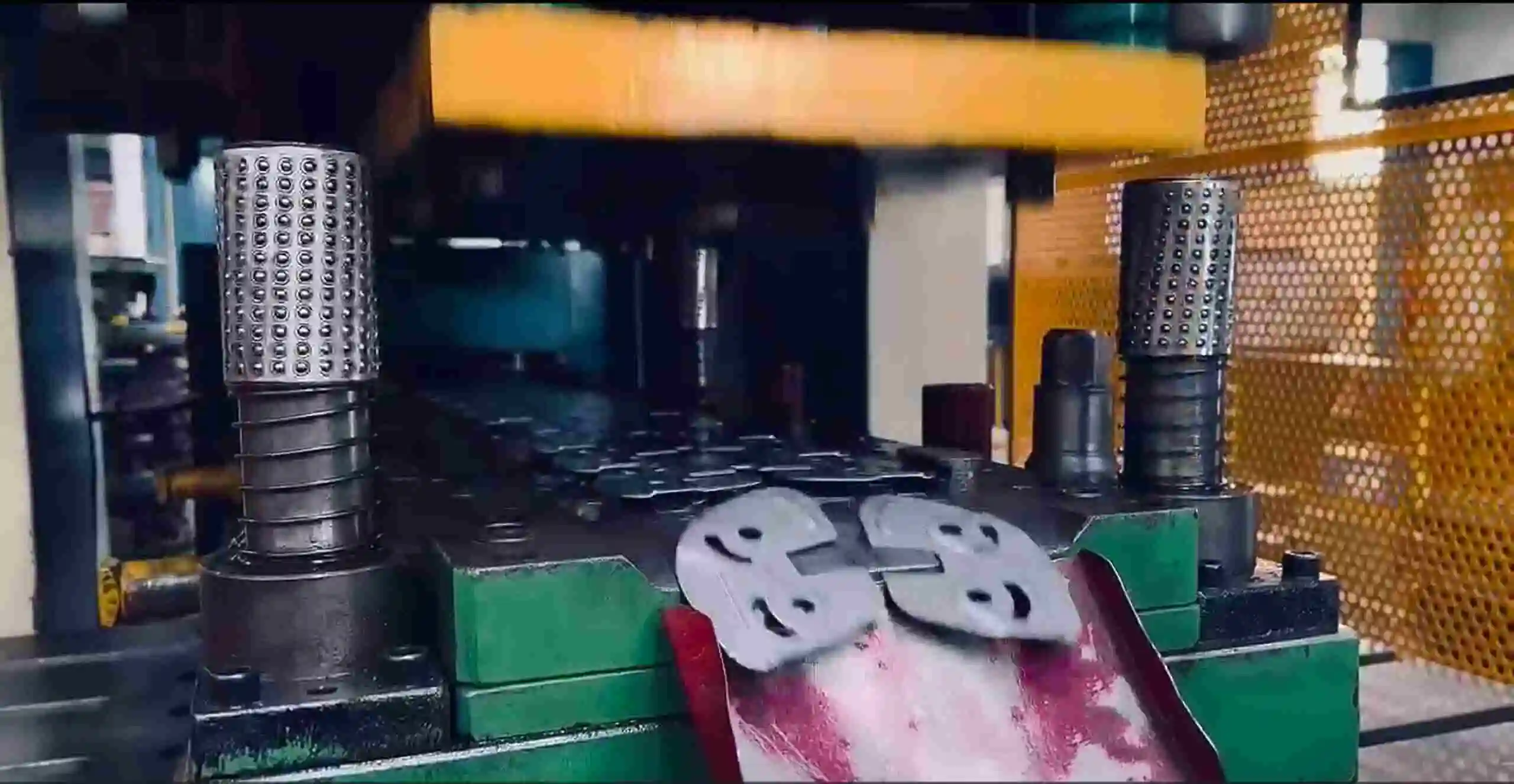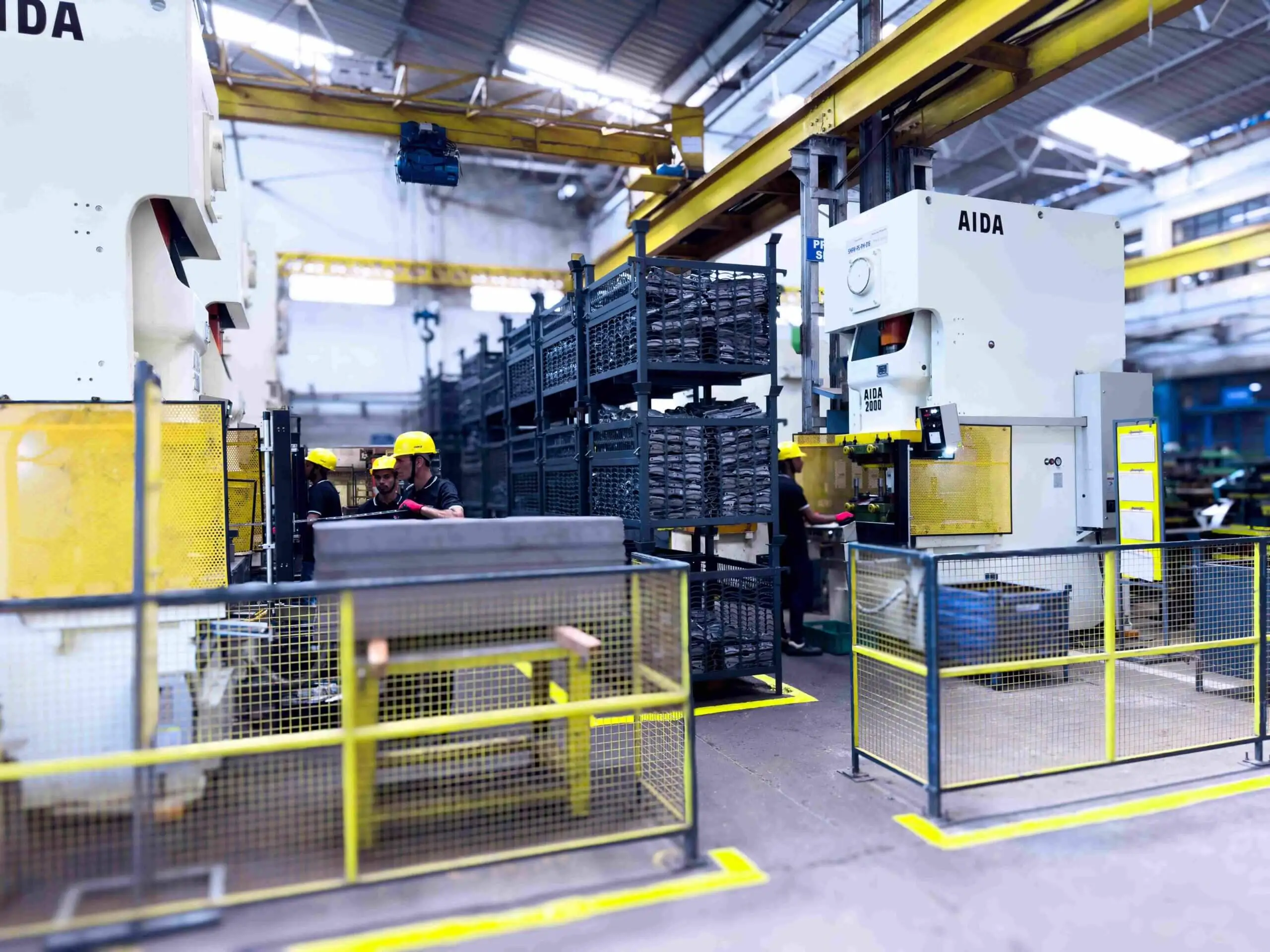High-Speed Stamping Press Machines vs. Traditional Stamping Presses: Which is Right for You?
In the world of metal stamping, manufacturers have a crucial decision: should they invest in high-speed stamping press machines or stick with traditional stamping presses? This choice significantly impacts production efficiency, product quality, and overall manufacturing costs. At Suresh Metal Press Works (SMPW) Pune, we specialize in high-speed stamping, utilizing advanced machineries like Bruderer and Hensel presses to deliver precision-engineered components at an unparalleled scale.
But which stamping method is right for you? In this blog, we will explore the key differences between high-speed and traditional stamping presses, their advantages and limitations, and how to determine the best choice for your specific requirements.
Understanding Stamping Press Technology
What is a Stamping Press?
A stamping press is a machine tool used to shape or cut metal sheets into specific forms using a die. It is integral to industries such as automotive, electronics, aerospace, and consumer goods manufacturing. There are two main types of stamping presses: high-speed stamping presses and traditional (mechanical or hydraulic) stamping presses.
High-Speed Stamping Press Machines
High-speed stamping presses are designed for rapid production cycles. These machines, such as our Bruderer and Hensel high-speed presses, operate at significantly higher strokes per minute (SPM), enabling the production of intricate metal components at a faster rate.
Traditional Stamping Presses
Traditional stamping presses include mechanical and hydraulic presses that operate at lower speeds but offer versatility and power for a wide range of applications. They are typically used for thicker metals and heavier-duty applications.
Key Differences Between High-Speed and Traditional Stamping Presses
1. Speed and Efficiency
- High-Speed Stamping Presses: These machines operate at speeds ranging from 200 to over 1,500 SPM, making them ideal for mass production.
- Traditional Stamping Presses: They run at slower speeds (10-200 SPM) but provide high force, making them suitable for heavy-gauge materials.
2. Material Handling Capabilities
- High-Speed Presses: Best for thin materials such as brass, copper, phosphor bronze, beryllium copper, stainless steel, and CRCA, with thicknesses ranging from 0.15mm to 2.5mm.
- Traditional Presses: Can handle thicker and stronger metals, making them ideal for structural applications.
3. Production Volume
- High-Speed Presses: Capable of producing millions of components per month. At SMPW, we manufacture over 150 million precision components per month using high-speed stamping technology.
- Traditional Presses: More suitable for lower production volumes or custom, heavy-duty applications.
4. Precision and Consistency
- High-Speed Presses: Offer high precision and consistency, making them ideal for industries like electronics, where small, intricate components are required.
- Traditional Presses: Can produce precision parts but may require additional machining processes for achieving the same level of detail.
5. Cost Considerations
- High-Speed Presses: Higher initial investment but cost-effective for large-scale production.
- Traditional Presses: Lower initial costs but can be less efficient for high-volume manufacturing.
6. Maintenance and Tooling
- High-Speed Presses: Require specialized maintenance and precision tooling, leading to increased upkeep costs.
- Traditional Presses: Generally have lower maintenance costs and simpler tooling.
Which One is Right for You?
Choose High-Speed Stamping If:
- You require high-volume production with a need for millions of components per month.
- Your components are made from thin metal sheets (0.15mm – 2.5mm).
- You need high precision and consistency, such as in electronic connectors or automotive components.
- You want to optimize manufacturing costs by increasing efficiency and reducing lead times.
Choose Traditional Stamping If:
- You work with thicker metal sheets requiring deep drawing, bending, or heavy forming.
- Your production volume is lower, and you require custom or specialized parts.
- You need a cost-effective solution for lower production runs.
Why SMPW is Your Ideal Partner for High-Speed Stamping
At Suresh Metal Press Works (SMPW) Pune, we have invested in cutting-edge high-speed stamping technology, allowing us to manufacture high-precision components at scale. Our in-house capacity exceeds 150 million components per month, and we specialize in handling a variety of metals, including:
- Brass
- Copper
- Phosphor Bronze
- Beryllium Copper
- Stainless Steel
- CRCA
By leveraging high-speed stamping, we ensure:
- Faster turnaround times
- Superior quality control
- Cost-effective large-scale production
- Custom tooling solutions for precision components
Final Thoughts
Both high-speed stamping presses and traditional stamping presses have their place in manufacturing. The right choice depends on your production volume, material requirements, precision needs, and budget. If your goal is high-volume, precision manufacturing with thin materials, high-speed stamping is the optimal solution.
At SMPW Pune, we are committed to providing industry-leading high-speed stamping solutions that enhance efficiency, reduce costs, and ensure the highest quality components for our clients. If you are looking for a reliable manufacturing partner, contact SMPW today to discuss how we can help meet your metal stamping needs!


